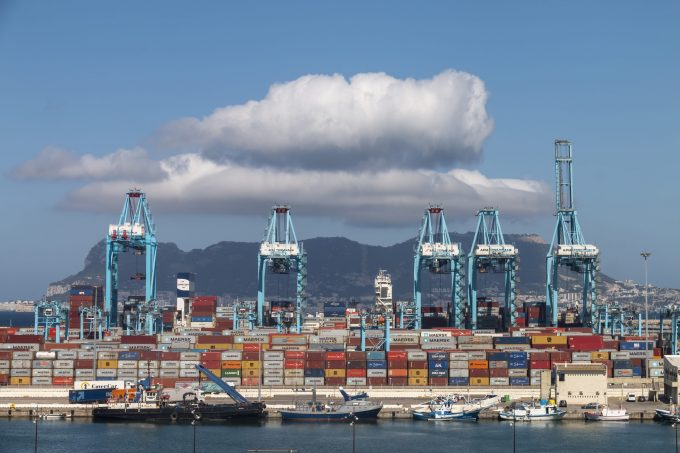Container rates ex-China dip – just a glitch, as demand stays strong
A minor 3% drop this week in the Drewry World Container Index (WCI), continuing a ...

The latest Drewry World Container Index (WCI) of container shipping rates remained stubbornly high this week, despite a 1% decrease to an average $5,736 per 40ft, still well above the year’s average of $3,946.
But among that little movement, Shanghai-Los Angeles rate dropped 3%, to $6,740 per 40ft.
But the report concludes: “Drewry believes spot rates have peaked, but continued shipping disruptions will keep a floor under the spot rates for some time.”
That is one way of putting it. Only weeks ago, ...
Volcanic disruption at Anchorage could hit transpacific airfreight operations
Shippers snap up airfreight capacity to US ahead of tariff deadline
New price hikes may slow ocean spot rate slide – but for how long?
Tighter EU import requirements proving 'a challenge' for forwarders
Forwarders stay cool as US 'liberation day' tariffs threaten 'global trade war'
Supply chain delays expected after earthquake hits Myanmar
Looming Trump tariffs will create 'a bureaucratic monster' for Customs

Comment on this article